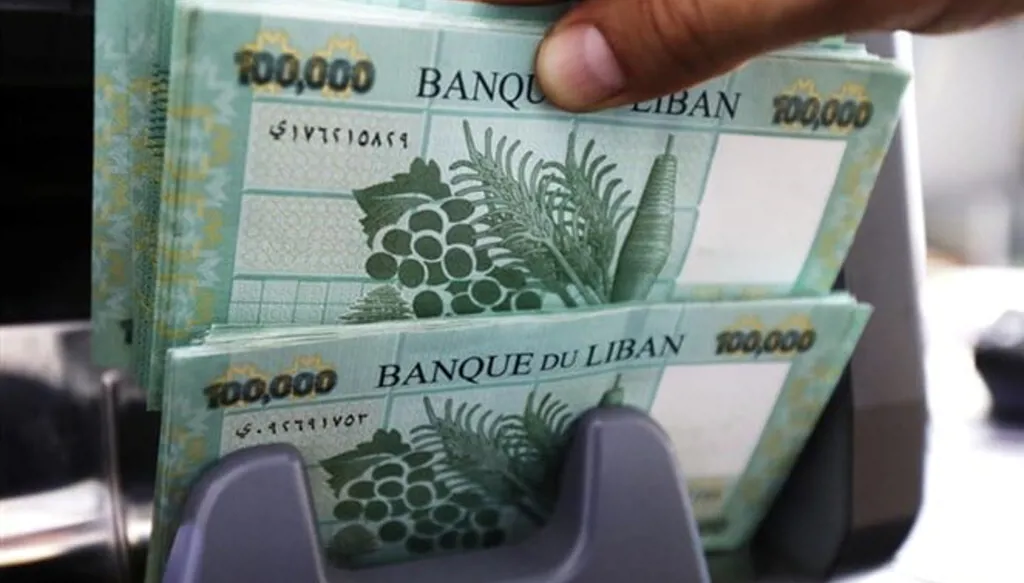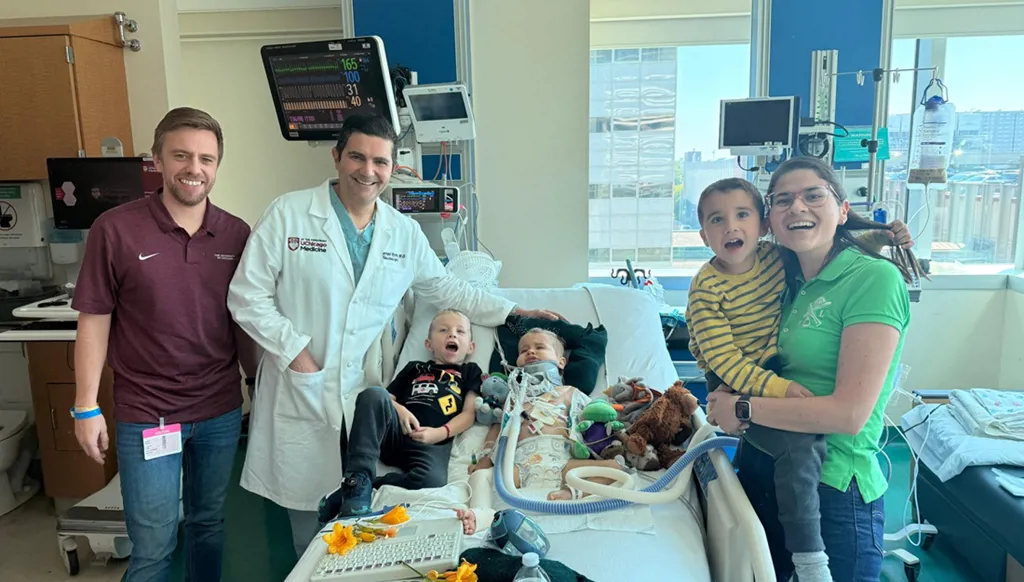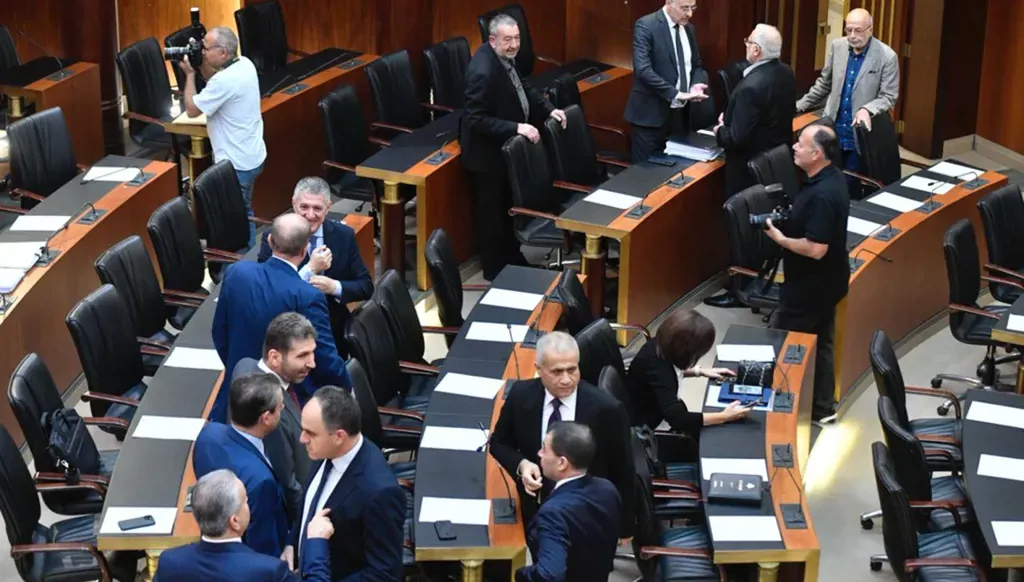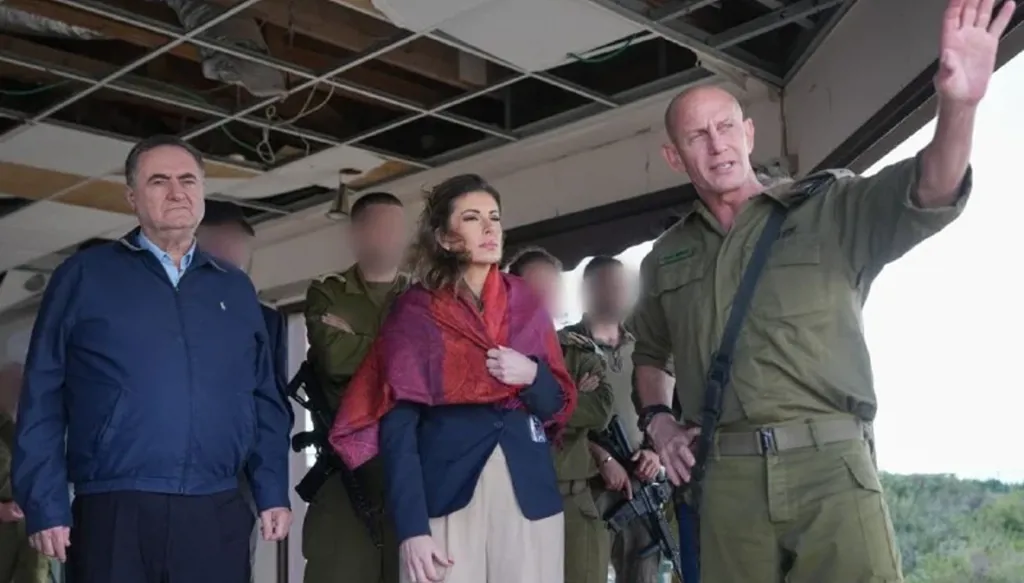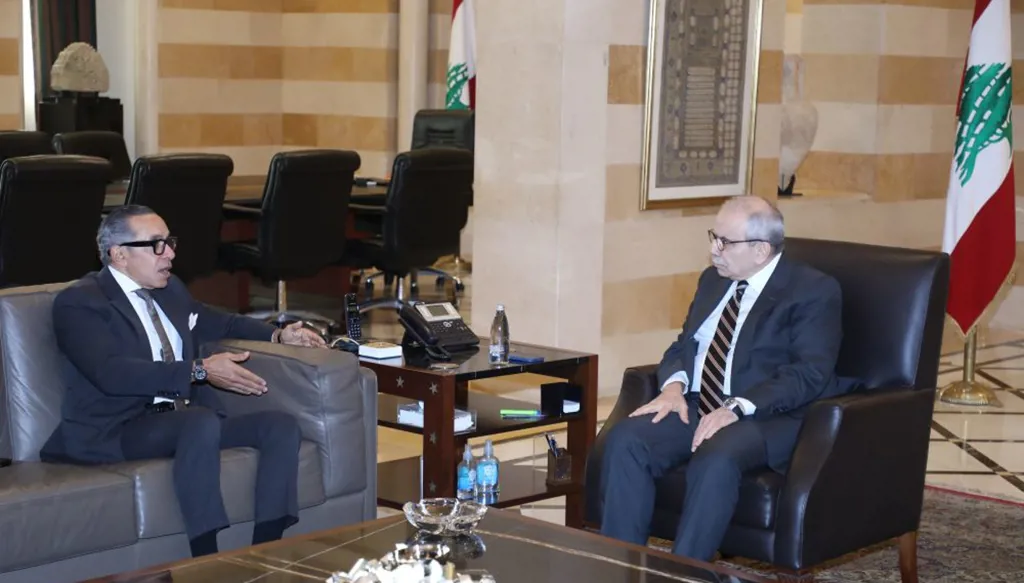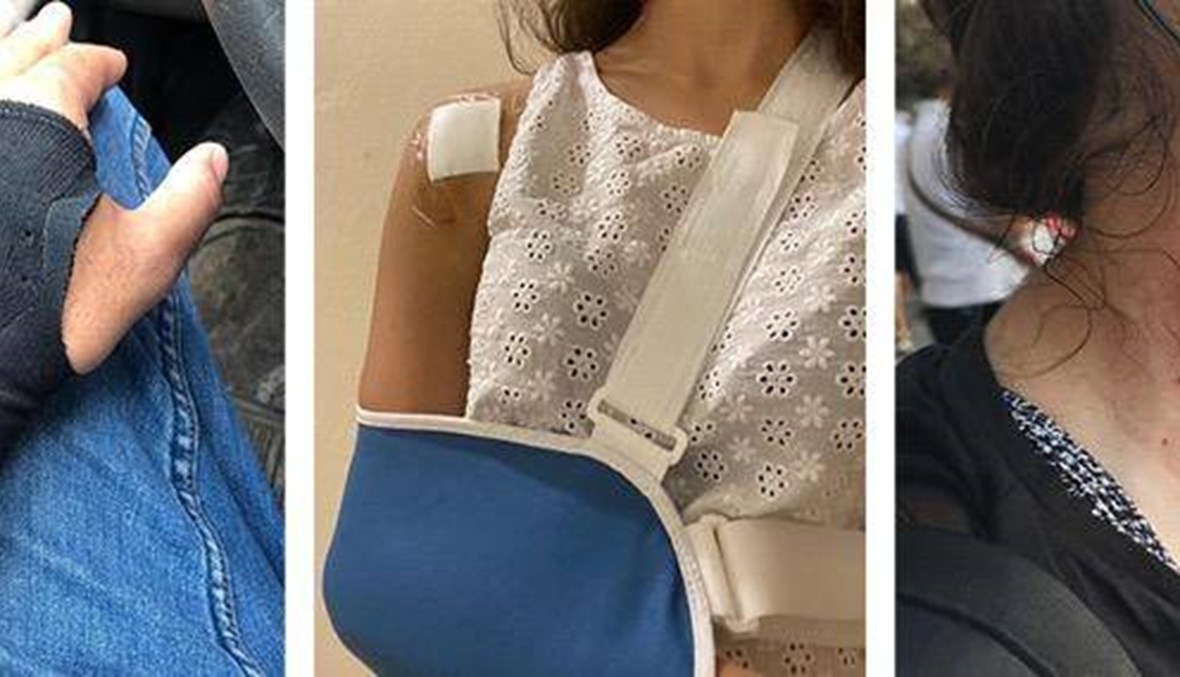
BEIRUT: Human Rights Watch released a report on Wednesday condemning the use of lethal force used against demonstrators on August 8 in Beirut, causing hundreds of injuries.
According to the report, security forces fired live ammunition, metal pellets, and kinetic impact projectiles such as rubber balls, including at health workers, and police deployed excessive quantities of tear gas, including at first aid stations.
Tens of thousands of protesters had gathered in downtown Beirut on August 8 to express their outrage over the government and to force the political elite to step down and seek justice for victims of the explosions at Beirut’s port.
The report covered the violations and explained that several teargas cartridges were fired directly at protesters, striking some in the head and neck, and revealed that security forces were targeting people from very short distances, as many had sustained injuries to their eyes, neck, and scalp.
Security forces also threw stones at protesters and beat them. The forces involved included the Parliament Police, the Internal Security Forces (ISF); the Lebanese Armed Forces (LAF); and unidentified forces in civilian clothing.
“Instead of lending a helping hand to fellow Beirutis still digging themselves out of the explosion debris, Lebanon’s security apparatus made a fist and pummeled protesters with shocking amounts of violence,” said Michael Page, deputy Middle East director at Human Rights Watch.
HRW’s researchers monitored the protests and interviewed 25 people in Beirut between August 8 and August 18, including doctors and other health workers, journalists, and lawyers, and looked into photographs and collected fired munitions from the protest site and analyzed footage of security forces using excessive force that were sent directly to researchers or collected from social media platforms, and thus, identified the weapons security forces used and reviewed medical reports of injured protesters.
According to the report, one of the several incidents include a rubber ball fired from the direction where security forces were deployed around St. George Greek Orthodox Church struck a woman in the face. She was standing in the plaza to the north of the Al-Amin Mosque and was shot while giving a live interview on Al-Hurra Television. A doctor who reviewed her case file said the rubber bullet broke her teeth and jawbone and dislocated her maxillary bone, permanently damaging her facial bone structure. He said the injury could leave her with lifelong pain, as the nerves to her teeth were ripped apart.While most demonstrators were peaceful, some threw rocks, fireworks, and Molotov cocktails at security forces. Some also looted and burned public and private property. Protesters briefly occupied the Foreign Economy, Environment, and Energy Ministries, and the Association of Banks.
The use of violence by some protesters does not justify the excessive and at times unprovoked use of force by security forces, Human Rights Watch said.
The organization called on security forces to immediately end the use of shotgun-fired metal pellets and other indiscriminate area-fire ammunition.
“The public prosecutor should open an independent investigation into the abuses and make the results public,” Human Rights Watch said, adding that international donors to Lebanese security forces should investigate whether their support is going to abusive units and if so, halt it immediately.
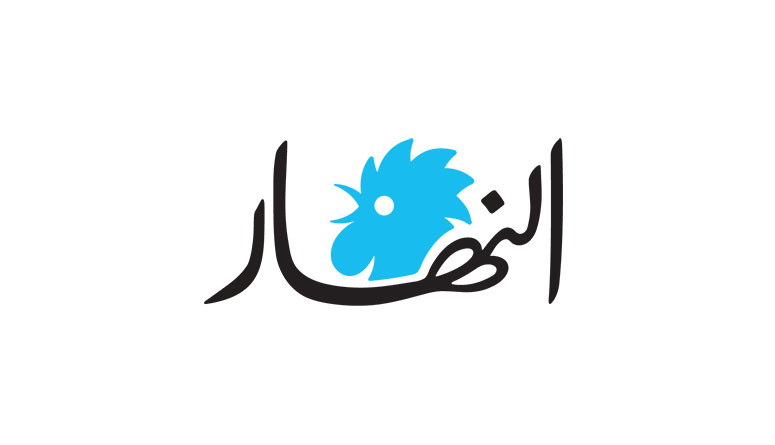




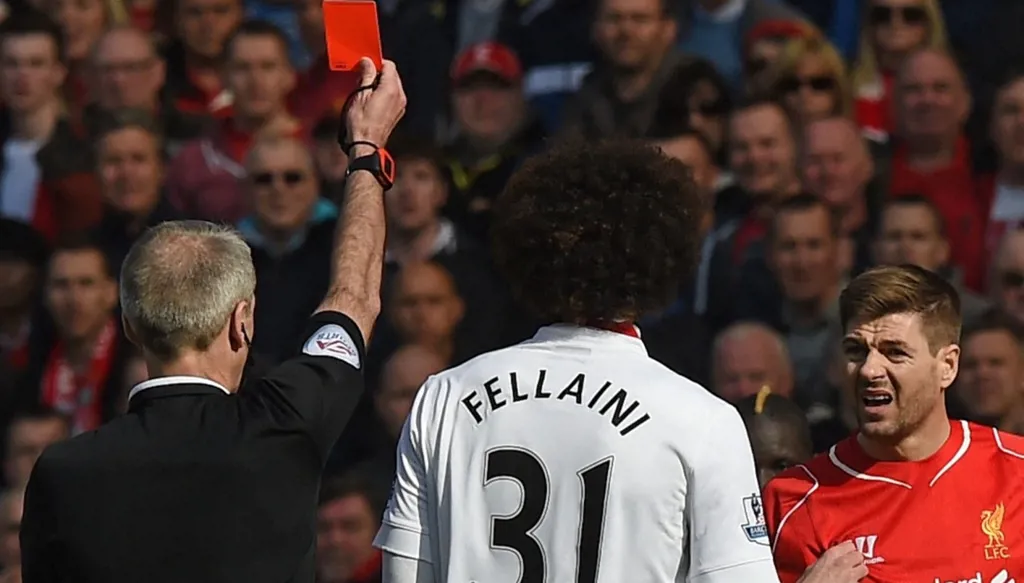


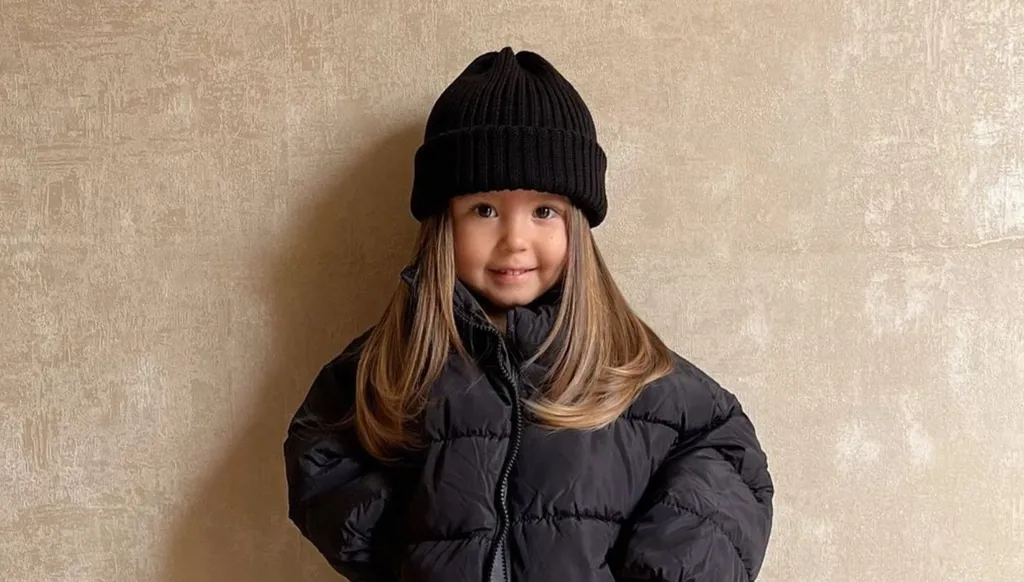

 تويتر
تويتر
 فيسبوك
فيسبوك
 يوتيوب
يوتيوب
 انستغرام
انستغرام
 نبض
نبض
 ثريدز
ثريدز



 مسنجر
مسنجر
 واتساب
واتساب
 بريد إلكتروني
بريد إلكتروني
 الطباعة
الطباعة


